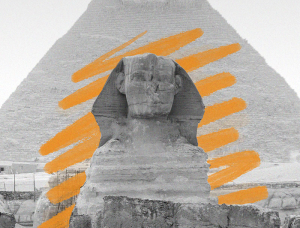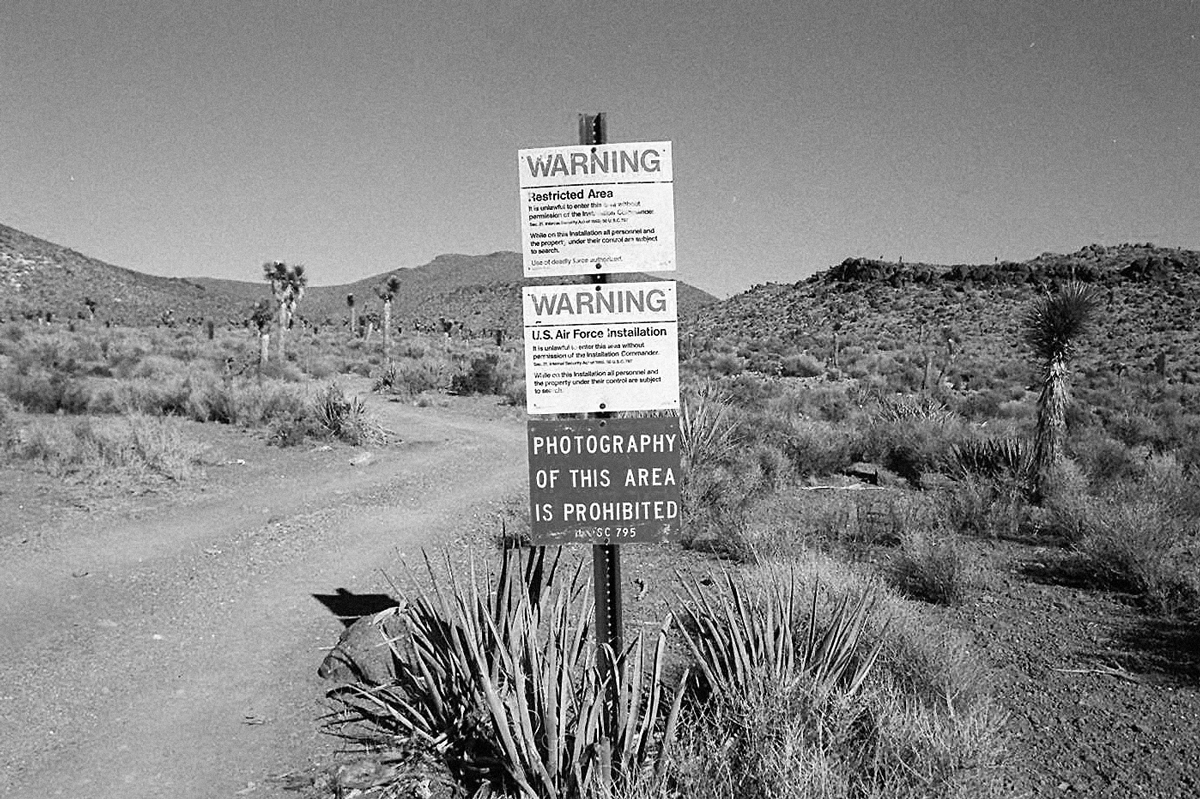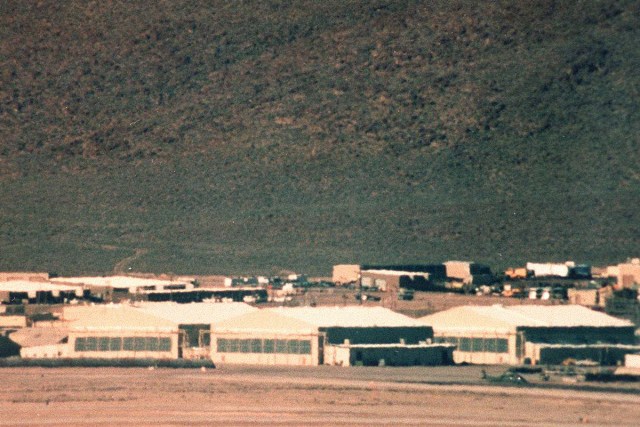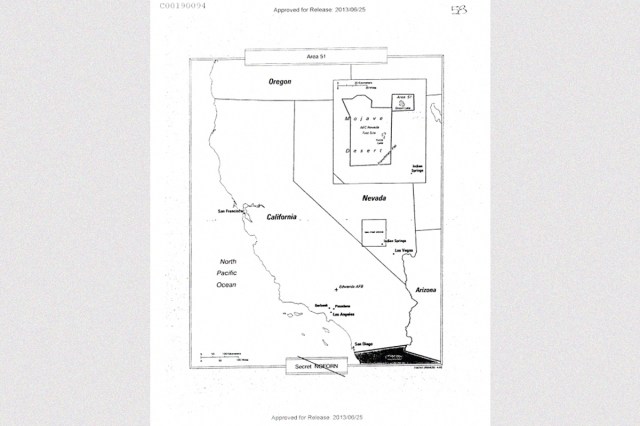The Secret History of Area 51
Area 51 does not exist. That is, it does not exist under that specific designation, as it’s formally known as the Groom Lake and Homey Airport, part of the Nevada Test and Training Range. And even that information only became public knowledge after nearly 60 years of government denial of clandestine military activity taking place at the base, which is hidden some 85 miles north of Las Vegas in the Mojave Desert.
According to official records, Area 51 has served as the base of operations for the development of aircraft and other technology designed to enhance the capabilities of the U.S. military. And yet, the place has also carved out a distinct identity in popular culture as a hotbed for alien research and communications, as evidenced by the 26% of Americans who believe that crashed alien spaceships are housed there.
The long-standing tradition of secrecy only bolsters the conspiracy theories surrounding the purposes of Area 51. But while it can be difficult to separate truth from myth, enough details have been unearthed to allow inquiring minds to put together some basic facts about this mysterious site.
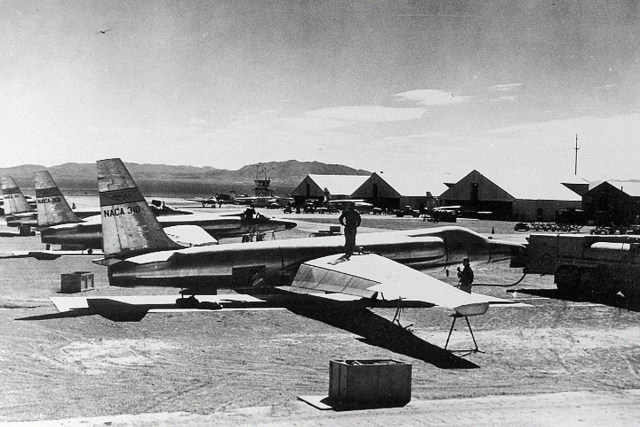
Area 51 Began as a Training Ground for a New Spy Plane
The story of Area 51 began in 1955 with the CIA’s attempts to find a training ground for the Lockheed Corporation’s U-2 spy plane. A suitable spot was found at Groom Lake, a salt flat located near the northeast corner of the Atomic Energy Commission’s (AEC) Nevada Proving Ground. Upon being incorporated into AEC territory, the site became known by its map designation of Area 51.
In its infancy, Area 51 was a meagerly populated facility consisting of a 5,000-foot-long runway, three aircraft hangars, a few administration buildings, and trailers for employee housing. The sparse accommodations led to the base being sarcastically known by such nicknames as “Paradise Ranch” and “Dreamland.”
With the development of the high-altitude, supersonic A-12 aircraft in the early 1960s, Area 51 underwent major renovations to expand its infrastructure and tighten security. This included the addition of an 8,500-foot-long concrete runway with a 6,000-foot extension onto the lake bed, along with the construction of three new hangars. Additionally, a 60-foot-tall pylon was installed to test the radar-deflecting abilities of a mounted A-12 prototype.
In the late 1960s, the base became a site to analyze a Soviet MiG-21 fighter jet that had wound up in Israeli possession. By evaluating the capabilities of the MiG-21 and training American pilots to counter them, the U.S. military was able to overcome the problems posed by these speedy and highly maneuverable jets during the Vietnam War.
After Area 51 oversight passed from the CIA to the Air Force in 1978, engineers continued to develop stealth technology for the next generation of U.S. fighter jets. The fruit of their labor was the revolutionary F-117A Nighthawk, which proved nearly undetectable to radars upon achieving operating capability in 1983.

